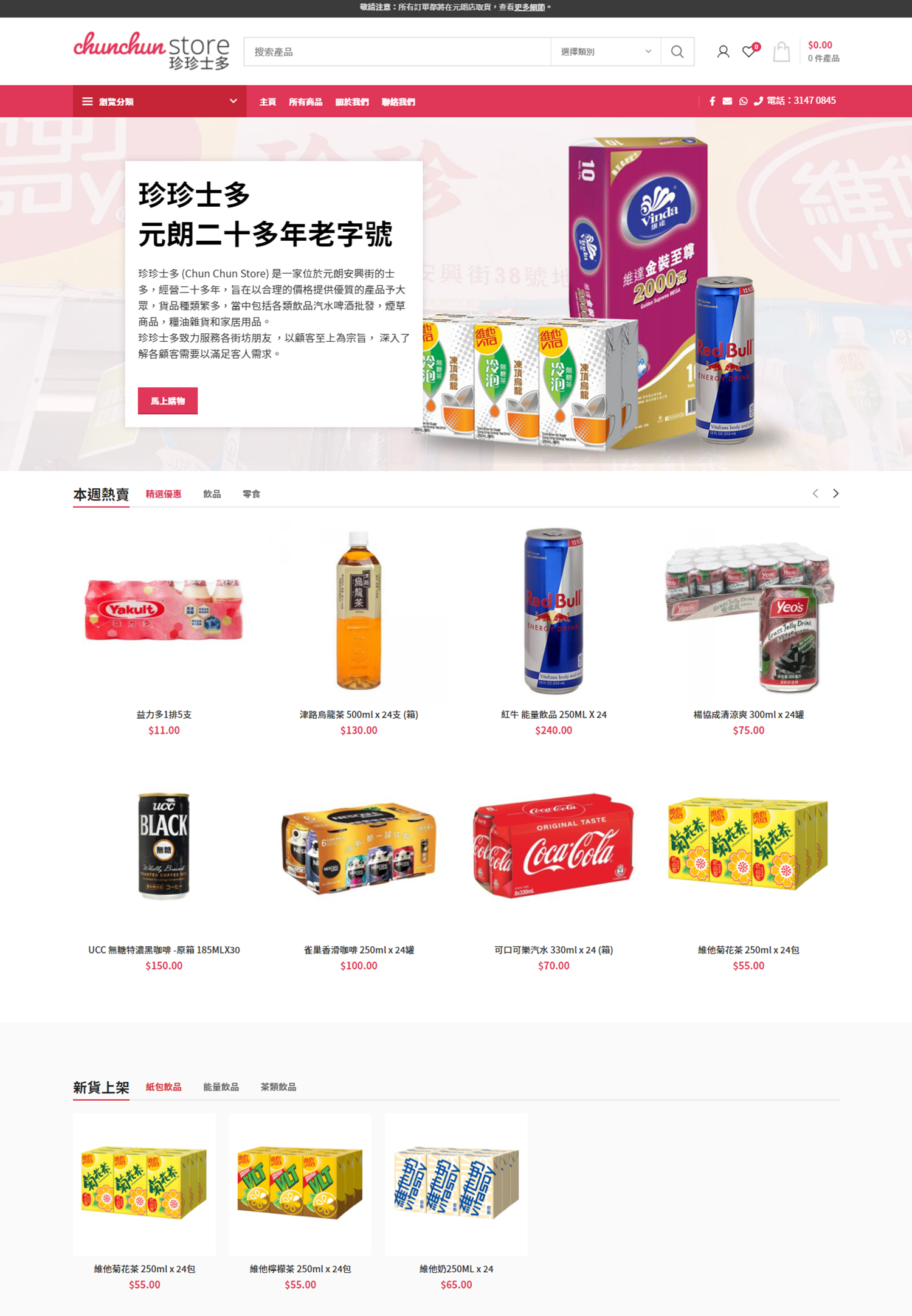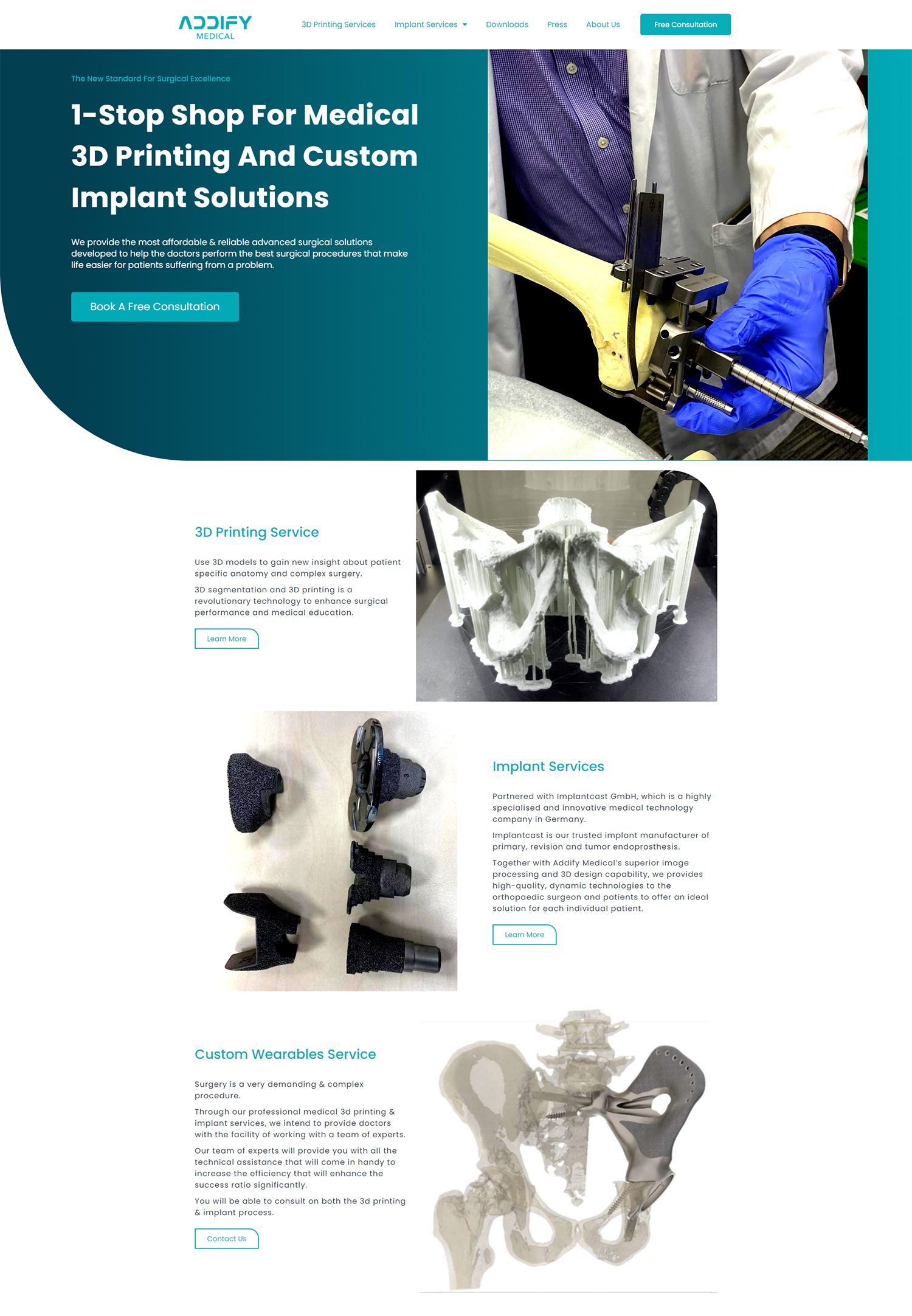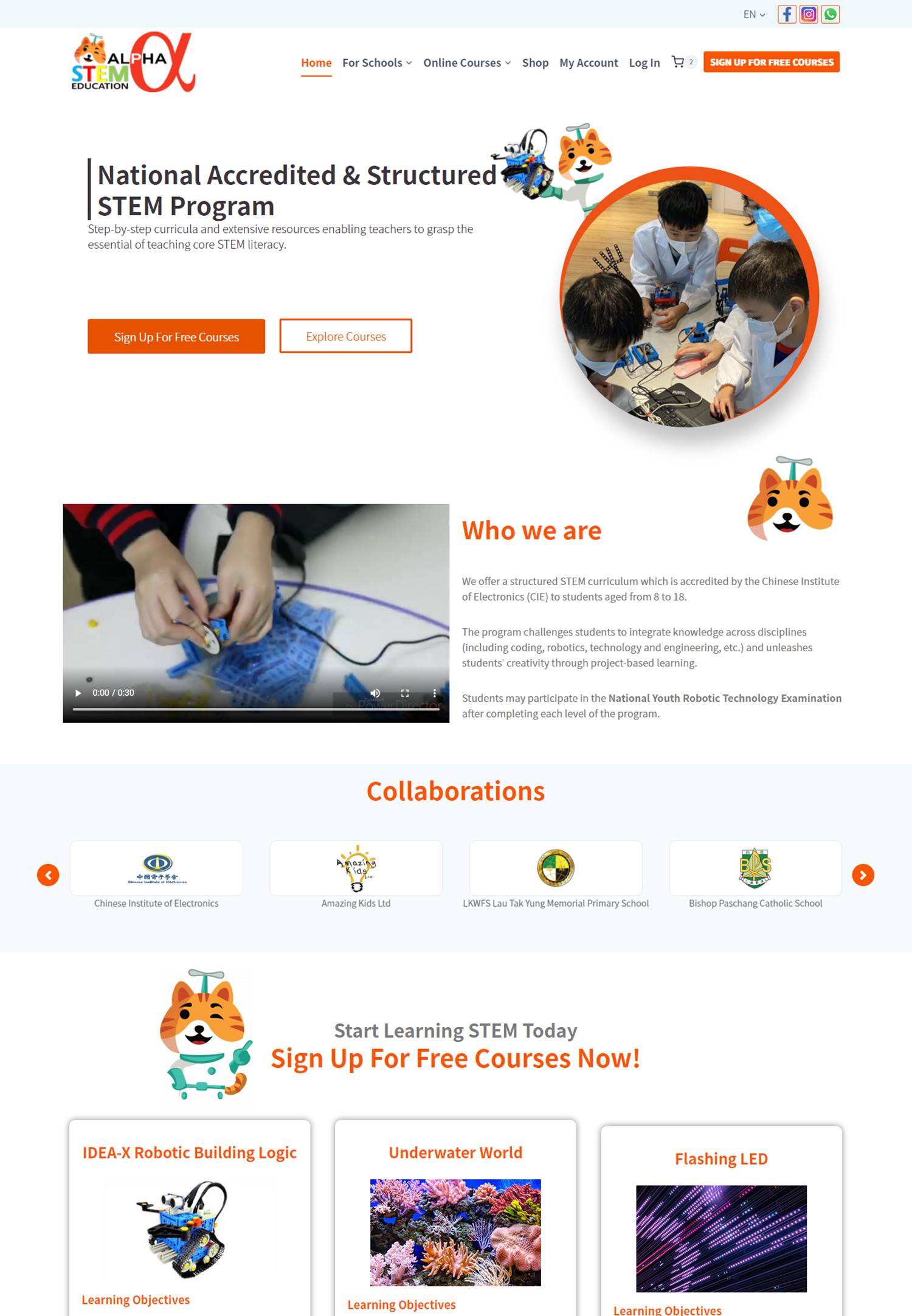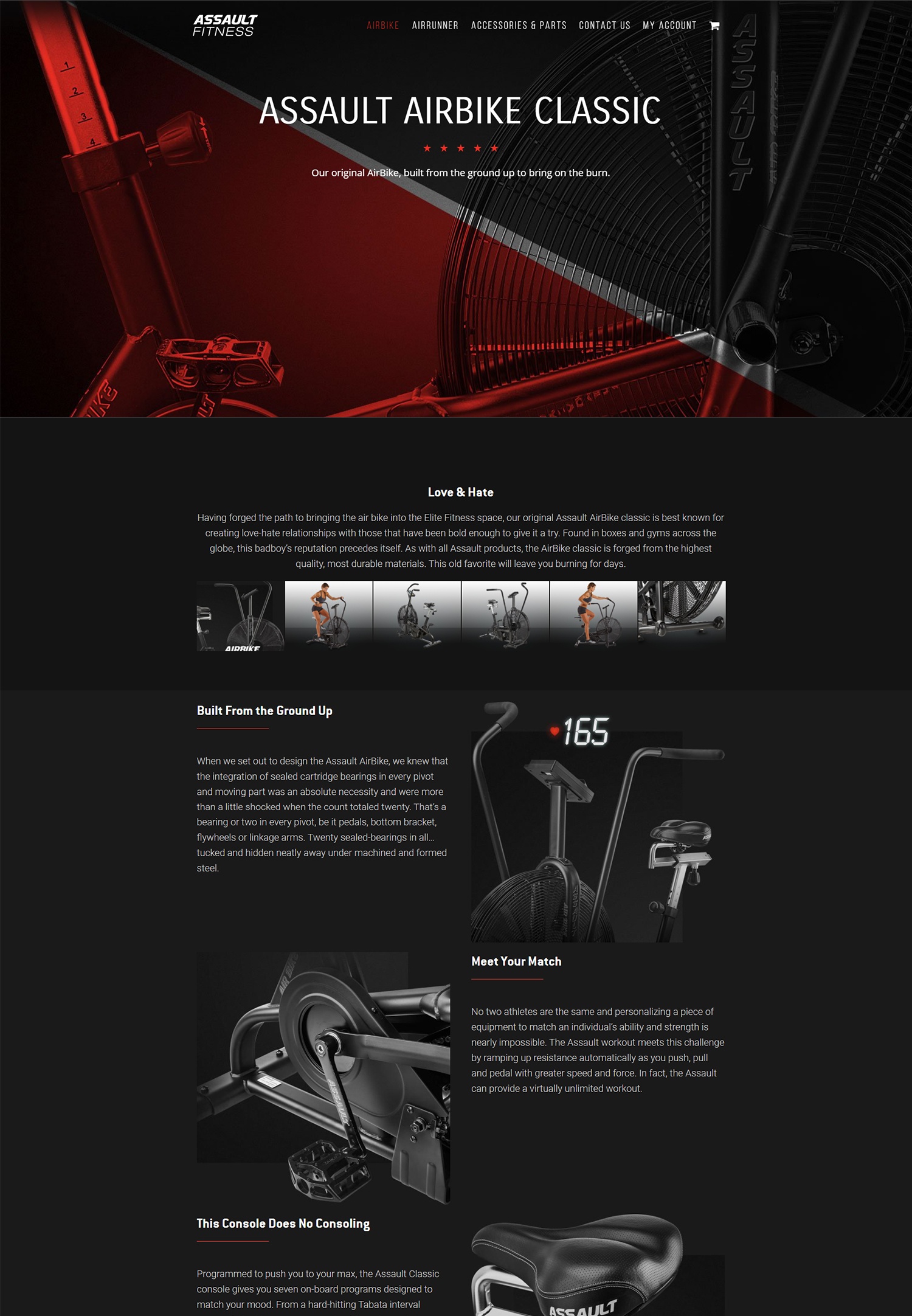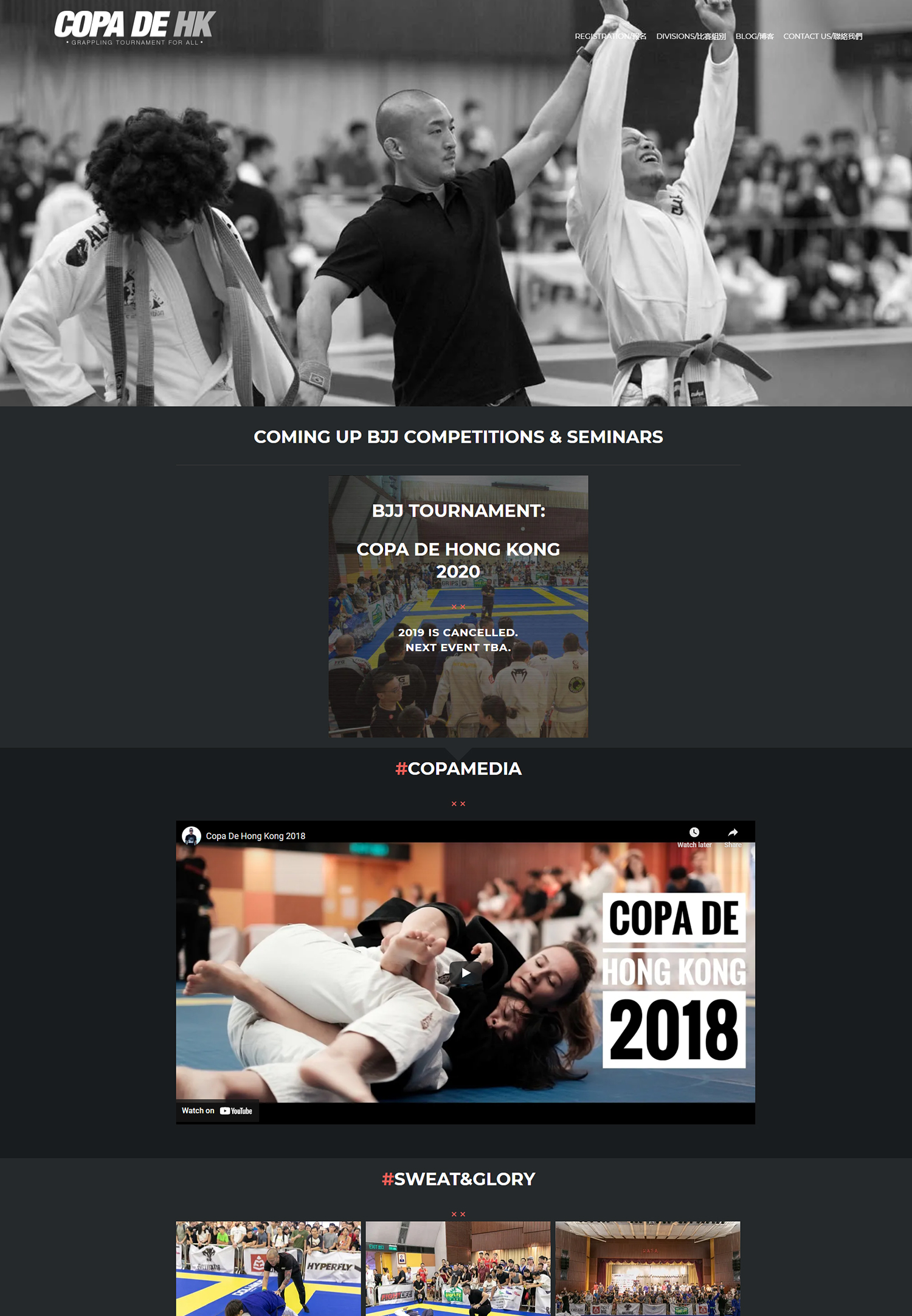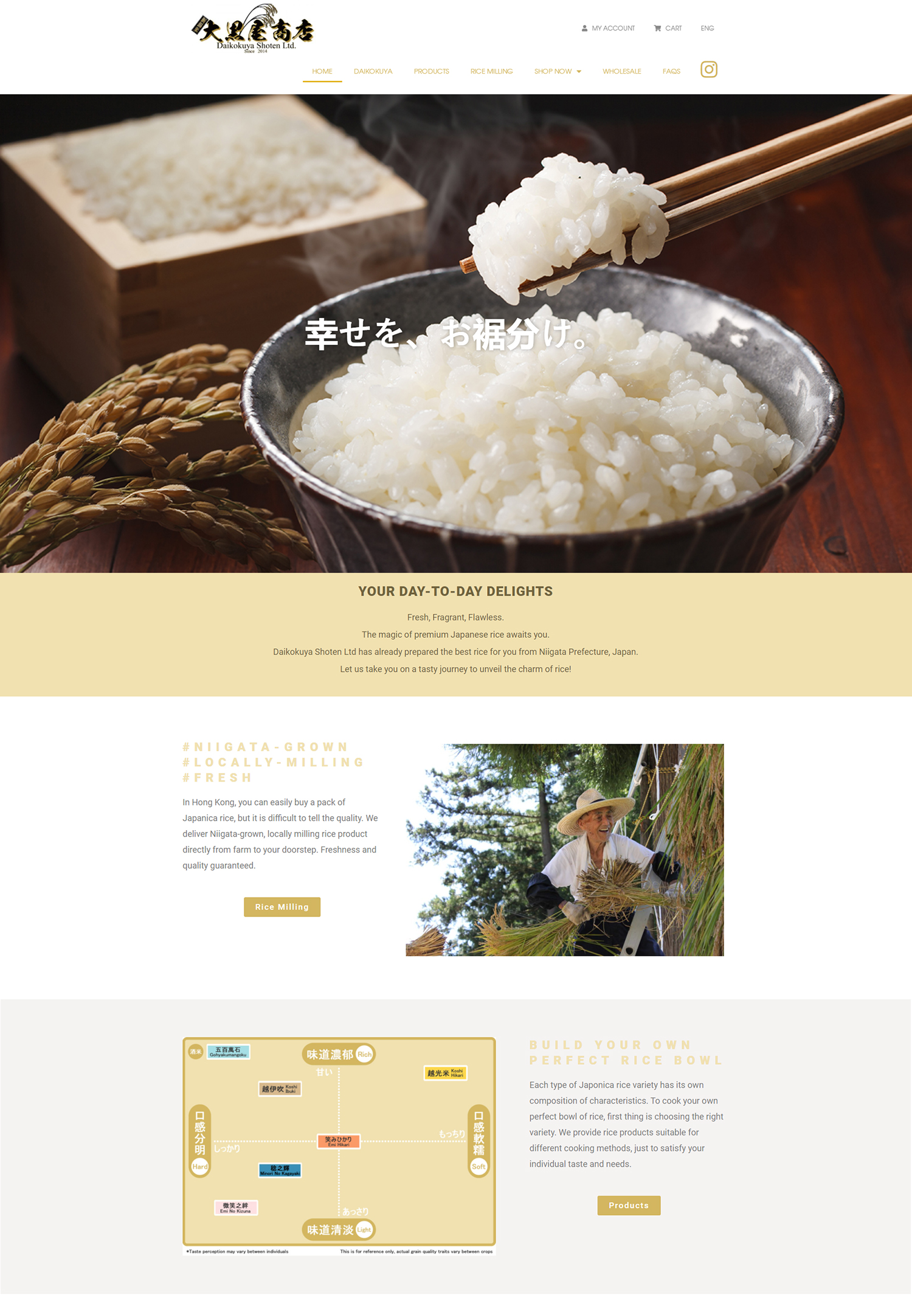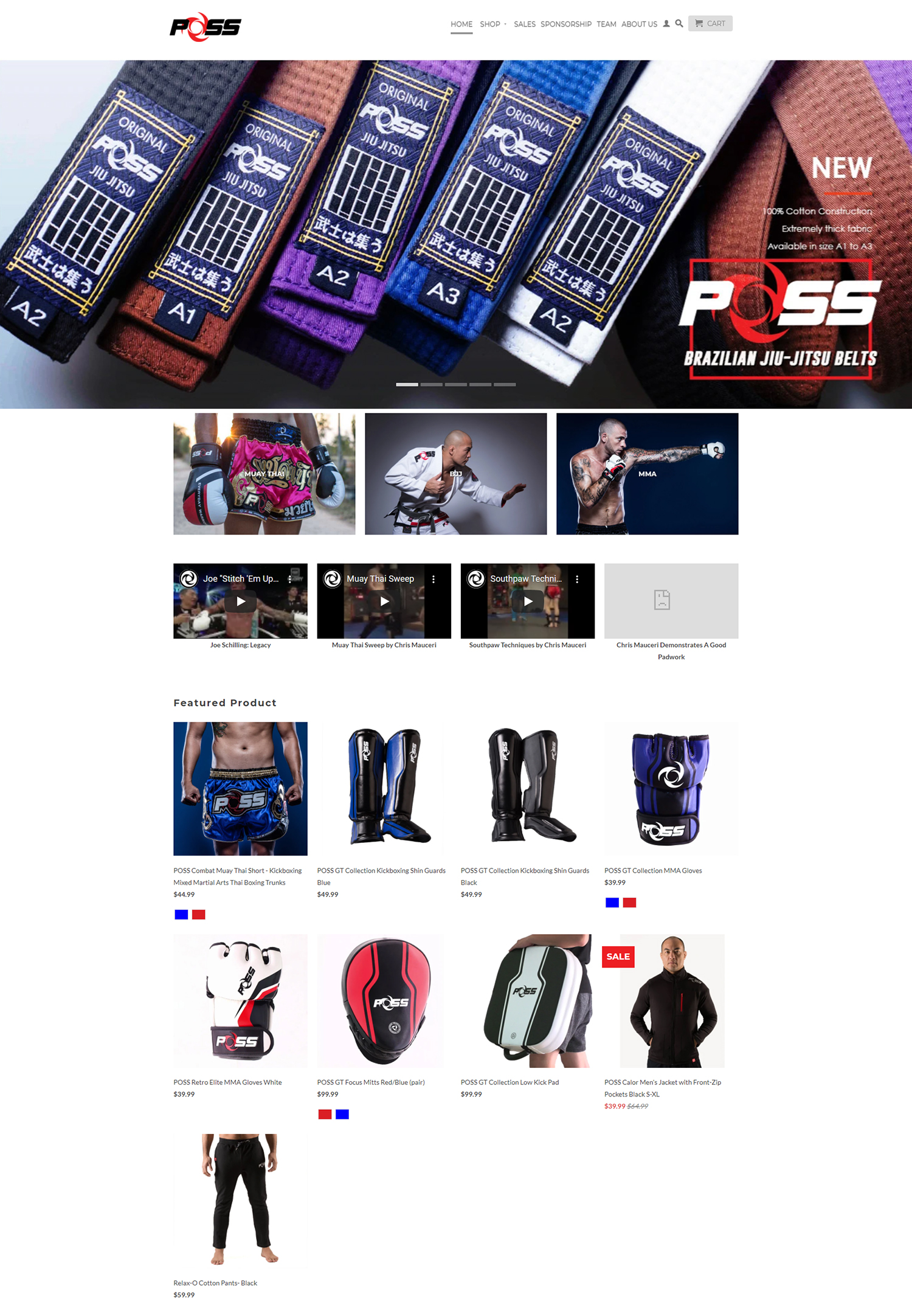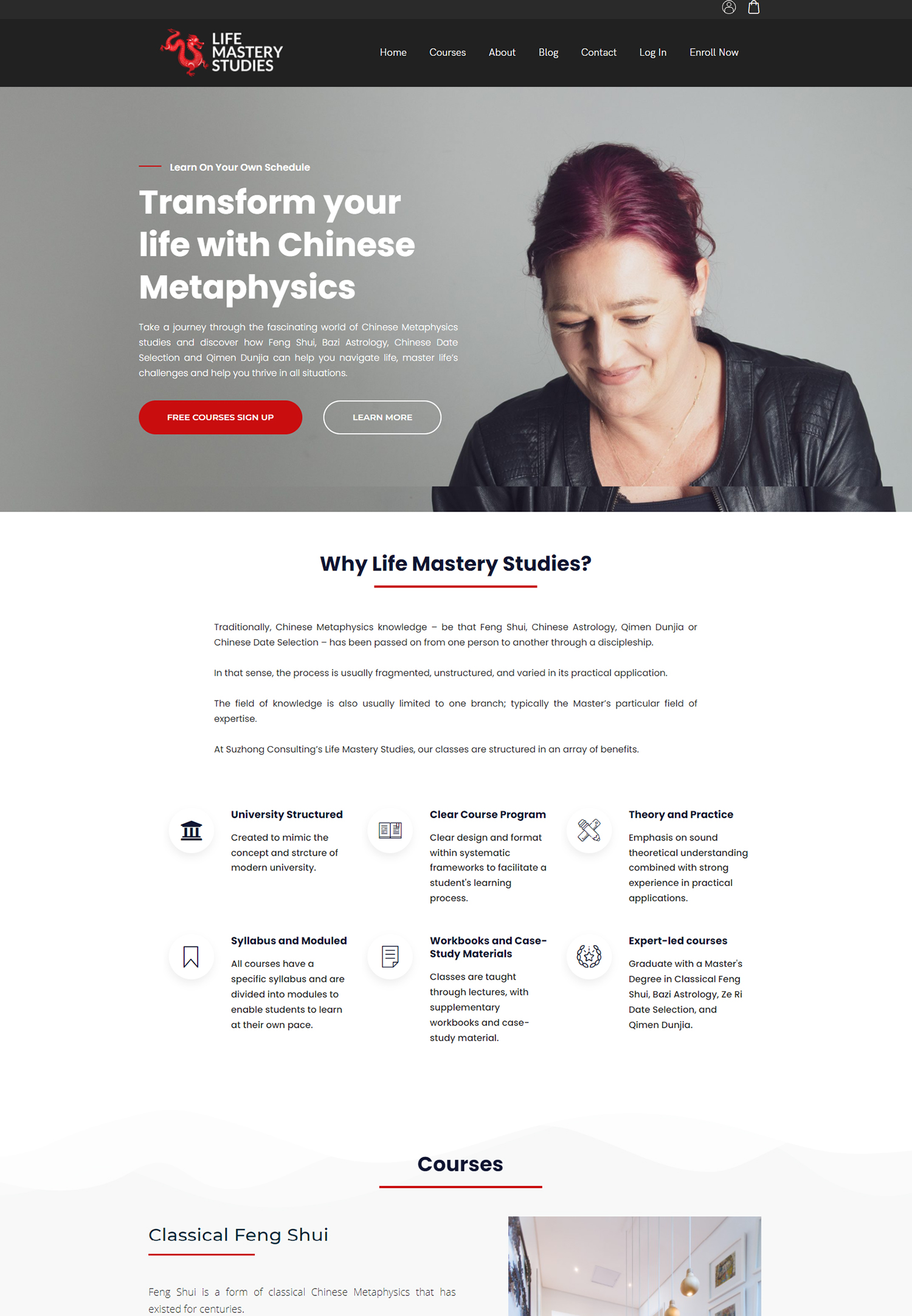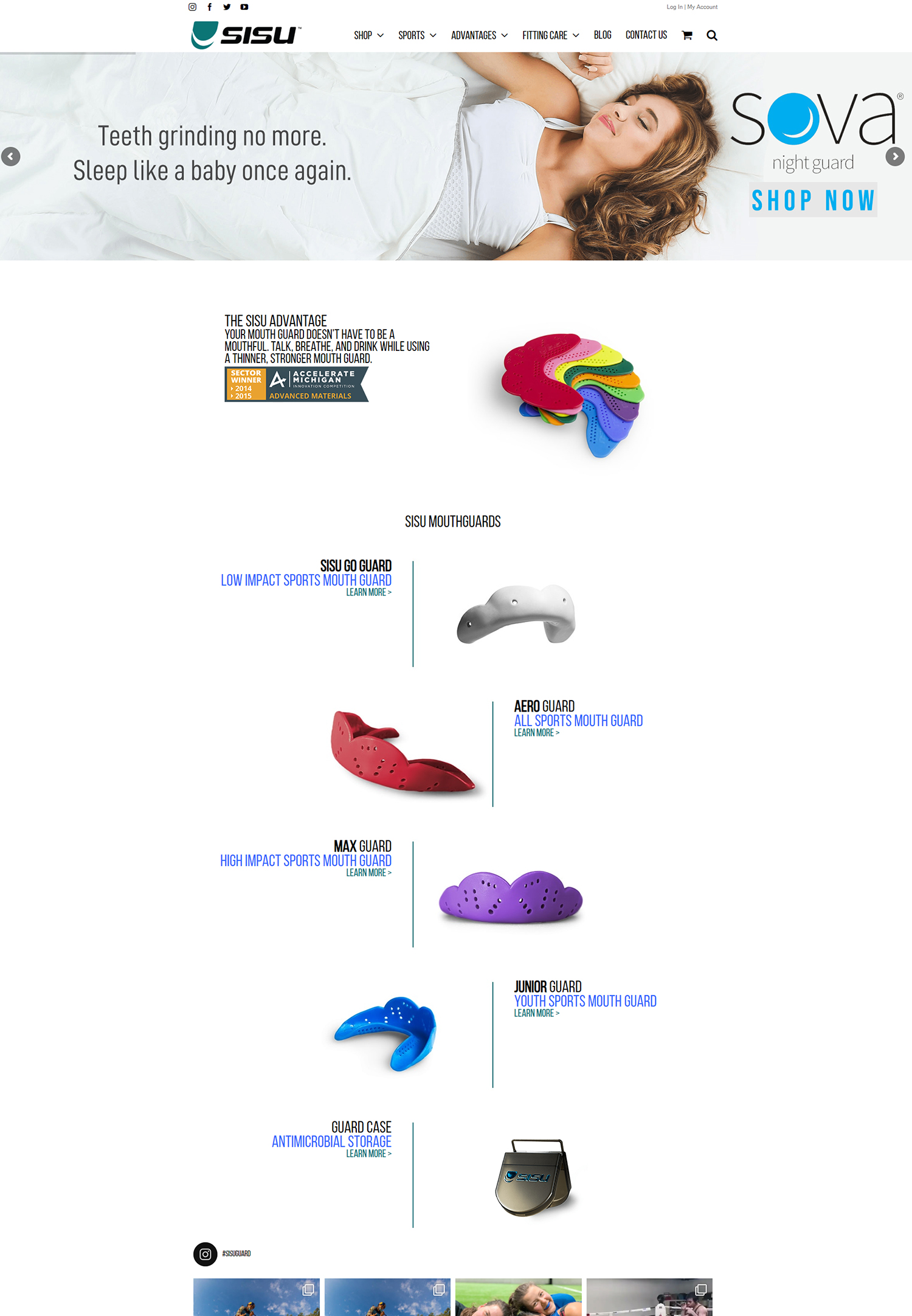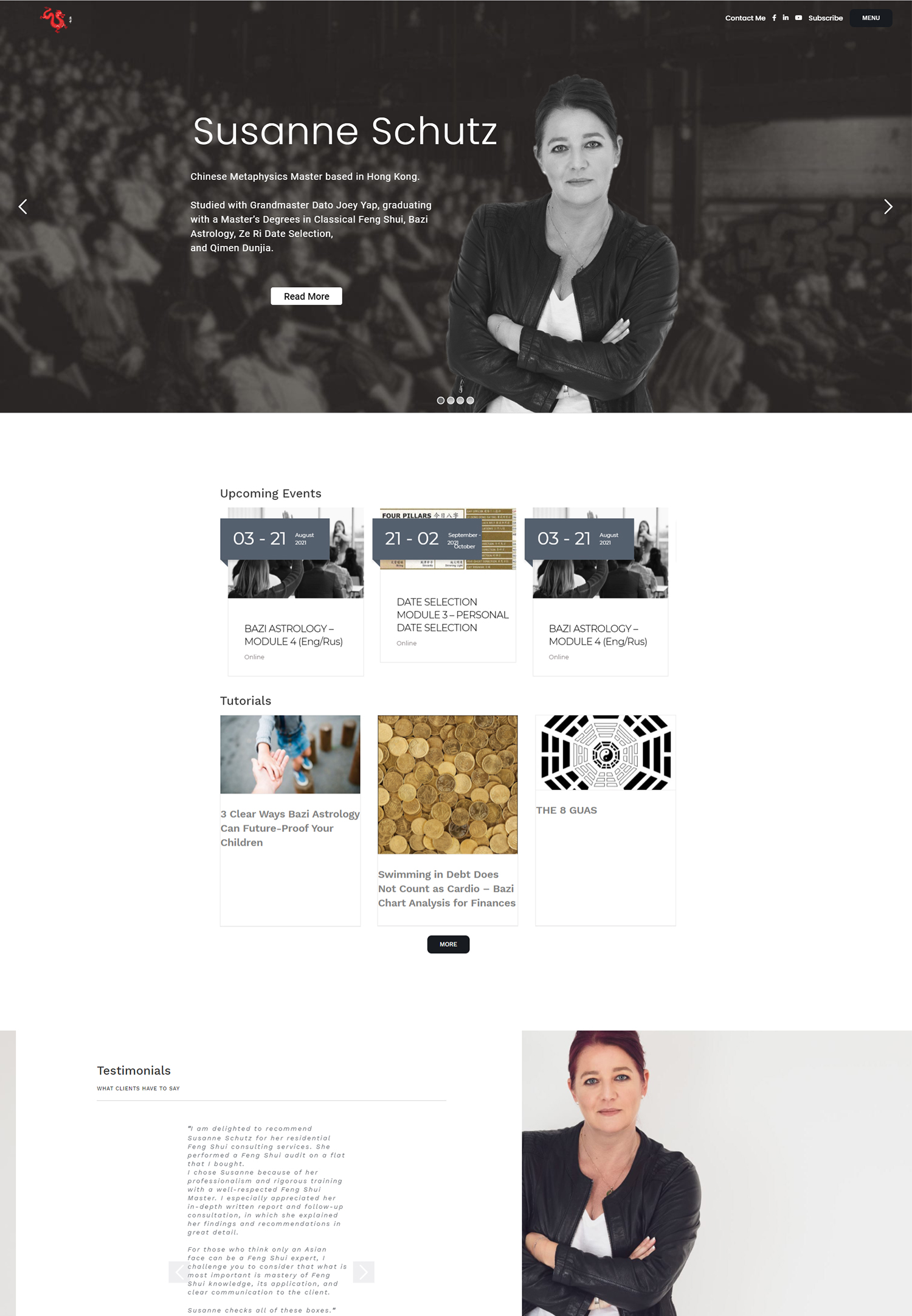Writing Powerful Meta Descriptions: A Complete Guide Meta descriptions are an essential part of search engine optimization (SEO) & have a significant impact on how web pages appear in search engine results pages (SERPs). These condensed excerpts, which usually have a character count of 150–160, offer an overview of the information on a webpage. The meta description is crucial for drawing attention and promoting clicks because it is frequently the first piece of information users see when conducting searches. A user’s decision to visit a website can be greatly influenced by a well-written meta description, which can then affect traffic and engagement metrics. Also, by providing a brief synopsis of the content, meta descriptions enhance the user experience holistically.
Key Takeaways
- Meta descriptions are important for improving click-through rates and search engine visibility
- Write clear, concise, and compelling meta descriptions to entice users to click on your link
- Use relevant keywords in your meta descriptions to improve search engine rankings
- Include a strong call to action in your meta descriptions to encourage user engagement
- Keep your meta descriptions informative and to the point to provide value to users and search engines
In a time when people are overloaded with information and have little time to sort through search results, this is especially crucial. A strong meta description sets the stage for a satisfying user experience by informing & luring visitors to the website. In the world of digital marketing, these descriptions are crucial because they essentially serve as a conduit between users and search engines. Content and Meta Description Alignment. In order to preserve credibility and user trust, it is imperative that the meta description and the content match.
Utilizing distinctive selling propositions. Adding unique selling points (USPs) to the meta description is another crucial component. Emphasizing how your content differs from that of your rivals can generate interest & clicks. Users searching for reliable information may be drawn to your article if, for example, the meta description mentions that it provides unique insights or data.
Using Engaging Language. Also, the description can be made more appealing by utilizing engaging language & the active voice. “Discover,” “Learn,” and “Unlock” are examples of phrases that can evoke a sense of excitement and urgency in users, encouraging them to act. SEO relies heavily on keywords, and placing them in meta descriptions strategically can increase their visibility in search results.
Adding pertinent keywords improves rankings for particular queries by assisting search engines in understanding the context of your content. Keyword stuffing can result in search engine penalties and turn off potential visitors, so it’s crucial to use keywords naturally. Selecting primary and secondary keywords that are pertinent to your content is important when creating your meta description.
You may use terms like “SEO,” “content marketing,” and “social media,” for instance, if you are writing about digital marketing strategies. When you carefully use these keywords, you can increase your chances of ranking higher and make sure that users who are looking for those particular terms will find your description interesting. Also, since search engines frequently bold these terms when they match user queries, starting the meta description with keywords can increase visibility. Since it instructs users on what to do next, a call to action (CTA) is a crucial component of an effective meta description. Because a well-placed call to action (CTA) encourages users to act right away, it can dramatically raise click-through rates (CTR). “Get started,” “Read more,” and “Join us today” are examples of phrases that evoke a sense of urgency & compel readers to interact with your content. It’s crucial to match your meta description’s call to action (CTA) with the overall objective of your website.
The CTA “Sign up for our newsletter” would be suitable, for example, if the goal of your page is to generate leads. If the objective is to increase traffic to a blog post, on the other hand, you could use “Discover our most recent insights.”. Making the CTA compelling and clear while making sure it works well with the rest of the meta description is crucial. In addition to improving user engagement, this strategic approach helps the company accomplish certain goals. Being succinct is crucial when crafting meta descriptions. Every word counts, as character limits are usually set between 150 and 160 characters.
Carefully choosing language and structure is necessary to create a description that is both succinct & educational. Try to avoid superfluous jargon or fluff that could weaken the message and instead communicate the core of your content. Focus on providing important information in a concise manner to strike this balance. The most crucial ideas that will appeal to your target audience should come first.
You could start your article with “Discover innovative marketing strategies that boost engagement,” for instance, if it discusses cutting-edge marketing techniques. This strategy not only grabs users’ attention but also makes it obvious what they can anticipate from the content. Also, you can reinforce important ideas without packing the meta description with too many bullet points or lists within the content itself. Being aware of the A/B testing procedure.
To accurately determine which variation performs better, it is crucial to change only one aspect of an A/B test at a time, such as the wording, length, or call to action. For example, you could test two distinct calls to action: one that stresses value (“Join our community for exclusive tips!”) and one that stresses urgency (“Sign up now!”). Improving Your Method. By examining how users react to these changes, you can improve your strategy & create more appealing meta descriptions that suit the tastes of your target audience. Meta description optimization for success.
Through the use of A/B testing insights, marketers can produce meta descriptions that increase engagement, drive more traffic, & eventually increase conversions. Despite their significance, a lot of marketers make common mistakes when writing meta descriptions. Neglecting to update meta descriptions when content changes is a common error.
Descriptions for webpages should change along with them. Users’ trust may be damaged & confusion may result if they are not kept up to date with the content. Writing descriptions that are too generic or ambiguous and fall flat is another common mistake. Expressions such as “This page is about.
are ineffective at attracting users and could lead to lost engagement opportunities. By emphasizing distinctive features of your content or providing insights that directly address user needs, you can instead aim for specificity. Also, each page should have a distinct meta description that appropriately captures its content; do not duplicate meta descriptions across pages. Several best practices should be adhered to when creating captivating meta descriptions that increase traffic and engagement.
First and foremost, always give priority to relevance & clarity. Make sure your description appropriately captures the content and responds to any questions or interests of potential users. This alignment motivates users to click through and builds trust.
The efficacy of your meta descriptions can also be increased by including emotional triggers. Words that arouse interest or enthusiasm can have a big impact on getting clicks. Phrases like “Transform your skills” or “Unlock secrets,” for instance, appeal to users’ needs for education and development.
If appropriate, localize your meta descriptions as well. Adding geographic keywords can draw in local audiences looking for pertinent content. Finally, for continuous optimization, it is essential to periodically review and update your meta descriptions in light of performance data. Being aware of how trends and user preferences change enables you to continuously improve your strategy.
You can write captivating meta descriptions that increase visibility and encourage meaningful interaction with your content by regularly putting these best practices into practice.
Crafting compelling meta descriptions is crucial for improving website ranking and driving sales. In a related article on Populis Digital’s website, they discuss the correlation between ranking and sales in the digital marketing world. The article highlights the importance of optimizing meta descriptions to attract more traffic and ultimately increase conversions. To learn more about how to leverage digital marketing strategies for e-commerce success, check out their article on ranking and sales.




